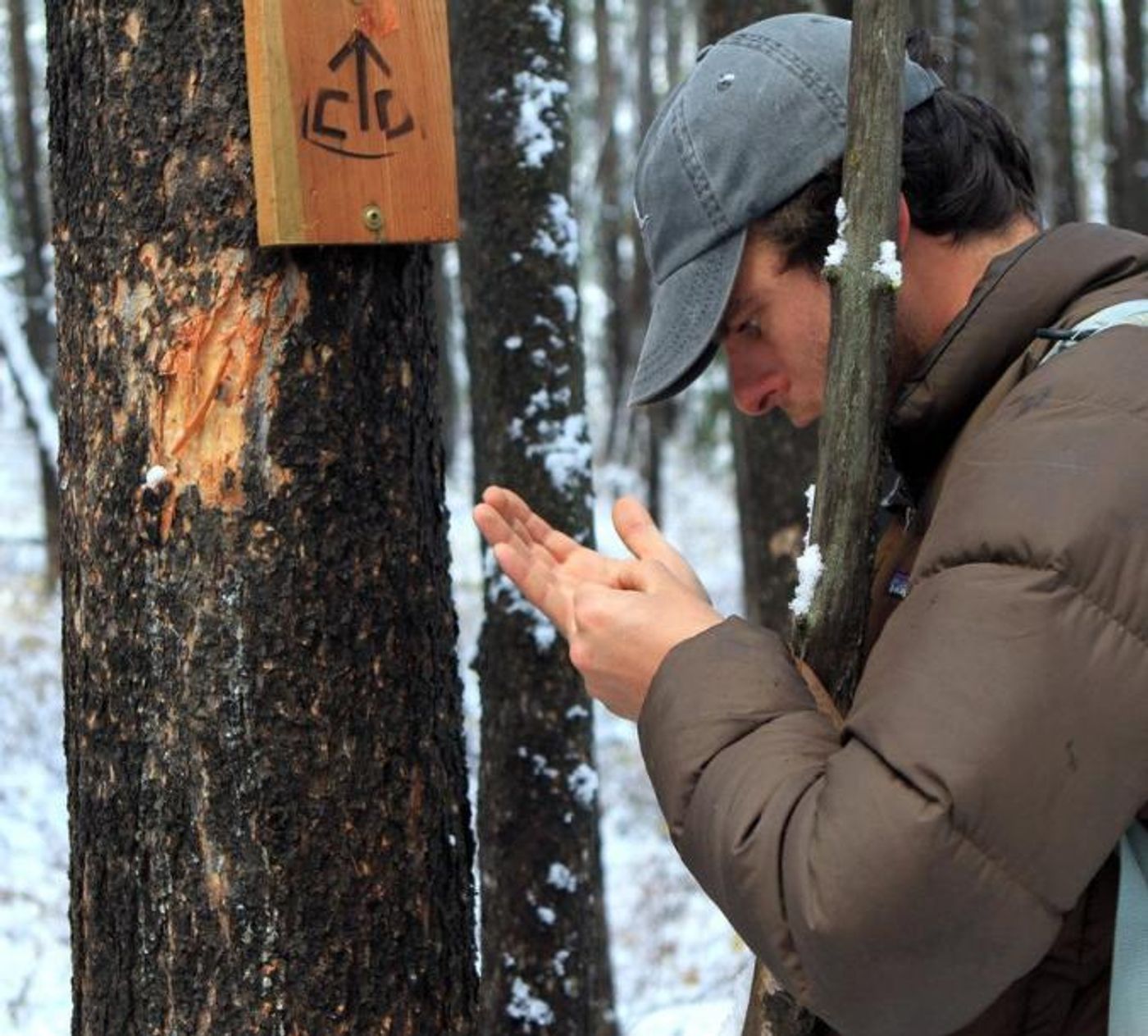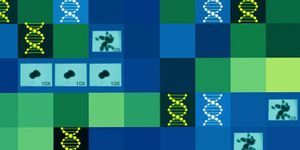Adventurers turned scientists collect crucial environmental data
Have you explored the great outdoors recently? Hopefully you just nodded, and hopefully you enjoyed your time being one with nature. If you did, you probably care about protecting our environments and perhaps you wish you could do more, other than recycling and hanging your laundry and taking short showers. Well, here’s your opportunity.
Adventure Scientists is an organization that provides a critical solution to a big problem: getting more data from hard-to-reach places. If you like traveling to remote corners of the world, you could team up with scientists and researchers to help gather and provide key data and samples that can spur conservation research. Founded by Gregg Treinish, an avid outdoor explorer himself, the organization has already matched more than a thousand adventure volunteers with over a hundred scientific organizations. In 2016, adventurers donated over 28,000 days in the field collecting data.
National Geographic chronicles some of the projects that adventurer volunteers worked on: “Mountain climbers discovered Earth’s highest known plant life on Mount Everest, bringing back samples that researchers are using to help farmers grow crops in extreme conditions. Kayakers sampled waters north of Seattle for harmful algal blooms. Continental Divide Trail thru-hikers collected grizzly bear DNA to help researchers understand how the animals move between protected areas. Hundreds of roadkill observations from bikers identified hotspots of risk for animals. Hikers collected data on pikas, a key indicator species for climate change, and helped scientists learn about the Olympic Peninsula's pine martens, whose numbers have plummeted in recent years. An adventurer making first descents in remote Hawaiian canyons helped a biologist search for new plant species. Rowers returned from the Arctic Ocean bearing plankton samples. Skiers checked glaciers for ice worms to better understand how organisms survive in unforgiving environments.”
The idea for this bridge of scientific and outdoor communities came from Treinish’s own experience. “While being able to live my double passion for the outdoors and biology was fulfilling, I also felt a desire and obligation to have an even greater impact on the world and give back to the places,” he said. Treinish has hiked extensively in the Andes Mountains and completed the entire Appalachian Trail. He was awarded Adventurer of the Year in 2008 by National Geographic.
Treinish is adamant that anyone can help make a difference with this project even if you’re not an epic explorer. “We’ve worked with school kids, teachers, military veterans, and families on vacation. No matter what their skill level in science or the outdoors, they can make a valuable contribution.”
So what happens after you collect the data, you wonder? Well, part of the organization’s goal is to enhance what’s called “citizen science” and that involves making science more available to the public. After data is gathered for any project, it is open source accessible to NGO’s, governments, businesses, universities, and researchers. The hope is that these entities will use the research to enact positive policy change and take to heart the message that the public cares about our environment.









